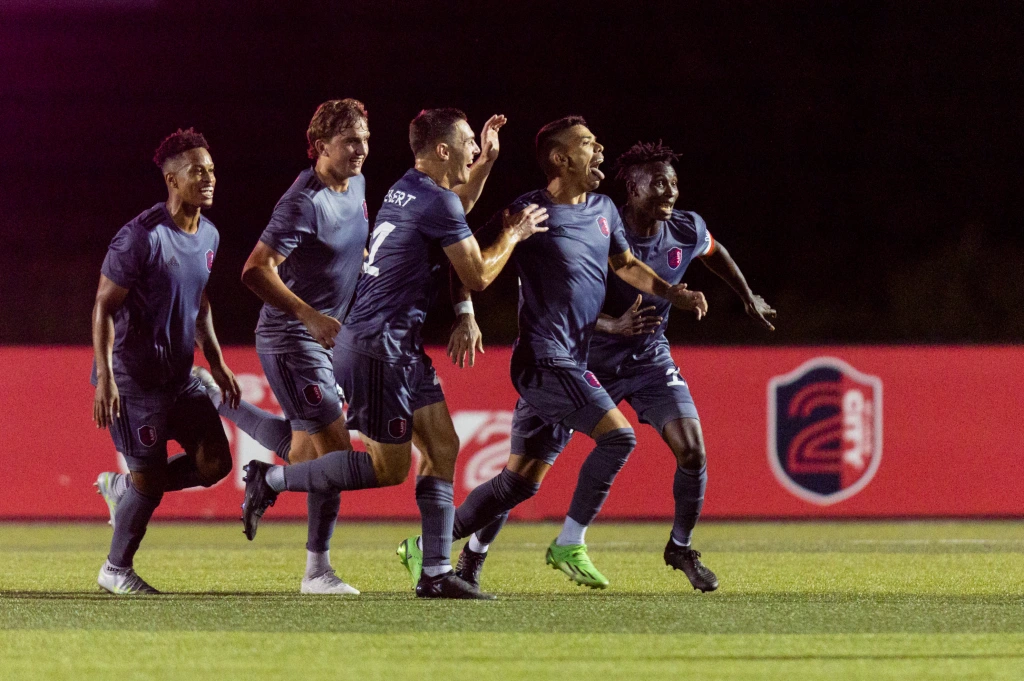The brightest moments in the history of US women’s football are associated with the national team.
But the path to its emergence was not easy.
At the end of the 19th century, matches of women’s teams were held in Great Britain, which caused discontent among the public, especially among the male part of it. Men attended women’s matches and defiantly turned away from the gate, not considering that they increase the audience and stir up interest in the matches. The tension grew and eventually burst – in 1921, the Football Association of England (FA) officially banned women from playing football in their stadiums. The ban was in effect in the country for the next 50 years.

In the United States, there was no official ban on women’s football. Girls became addicted to the new game in the 1920s, and already in 1950 in St. Louis, a group of active girls organized what is considered to be the first official women’s soccer league in the United States – the Craig Club Girls Soccer League. The tournament was named after local priest Walter Craig. By the beginning of the first draw, 70 players had gathered.
The popularity of the Craig Club did not go beyond the state, and the expansion of the league required additional funds that were not available. Girls went to college, went to university, and got married. Sports scholarships for female football players did not yet exist. As a result, after two bright seasons of victories and defeats, the league ceased to exist. The Craig Club didn’t make women’s football fashionable, but it did show that women can excel at the game. However, the most important turn in this story happened 20 years later in the US Congress.
Washington, 1972 The US Congress passed a federal law called “Title IX” that prohibited sex discrimination in federally funded educational programs and activities. Educational institutions received funds to create women’s football, hockey, basketball teams, began to allocate scholarships for athletes in colleges.
Girls started playing in the school team and got the opportunity to go to a good college due to sports success. Competitive experience in college was piling up; competent coaches, in the past professional players, helped develop skills, find themselves on the field. What’s next? Adult strong athletes went nowhere with diplomas and impressive football baggage. There was no national championship in the country, no professional teams either. Either go to Europe for dubious prospects, or do something else.
The 2023 Women’s World Cup will be the largest in history. Who will play a ticket in the decisive qualifying matches
$10 a day and Mundialito
In the 1980s, women’s football in the world was gaining momentum: national teams held matches, championships appeared. In the United States, women’s college football was developing at the same time. North Americans did not want to lag behind Europe, so in 1983 the US women’s soccer team (USWNT) was created. One of the most successful women’s national teams in history.
The new generation of football players got what their mothers did not have – the opportunity to play at a professional level. This opportunity was provided by the national team, but not everyone could get there. The selection went through the student league. It is noteworthy that young football players still have a chance to get into the national team through the university.
“The US women’s soccer team is one of the best in the world, they are the reigning world champions. If you look at the squad in detail, you can see that almost all the players went through the student league, ”says Verona footballer Alina Myagkova, who played in the US student league for the Syracuse University team.
Then the players received $ 10 per day, did not have equipment, trained on low-quality fields. They had a team, but in order to live and support themselves, they had to combine training with work.

The first matches of the US team took place in 1985, the same year the team went to the first international tournament, Mundialito. The football players received equipment from the federation – the uniform of the men’s team. At the debut tournament in Italy, the US team took fourth place. It became obvious that the team needed a strong specialist. They became the coach of the University of North Carolina Anson Dorrance, under whose leadership such stars as Mia Hamm, Julie Foody and Christine Lilly later appeared. At the second Mundialito in 1986, the American team finished second behind Italy. The breakthrough was a matter of time.
